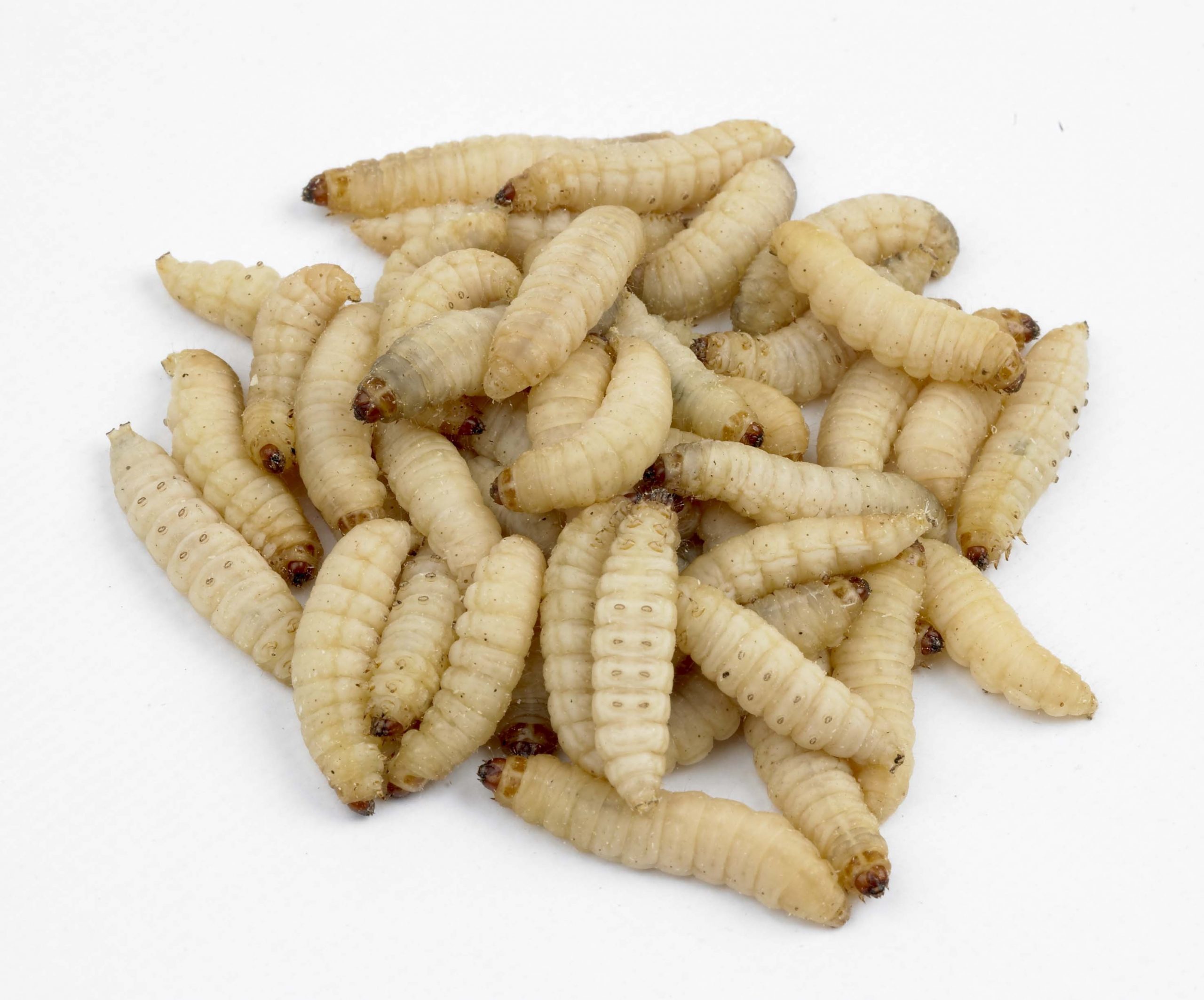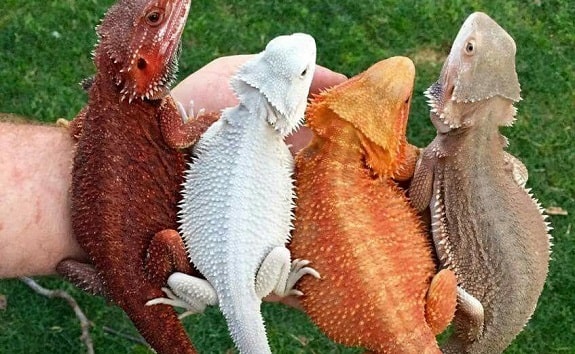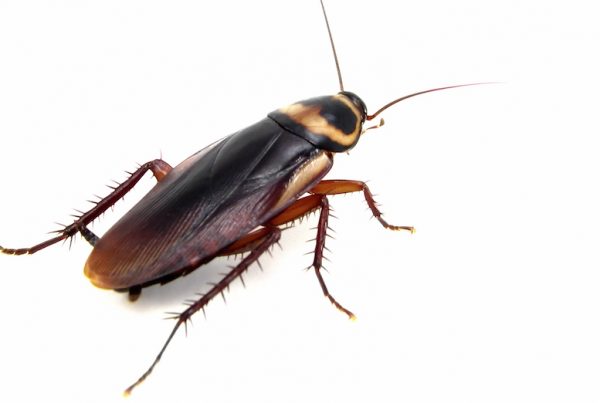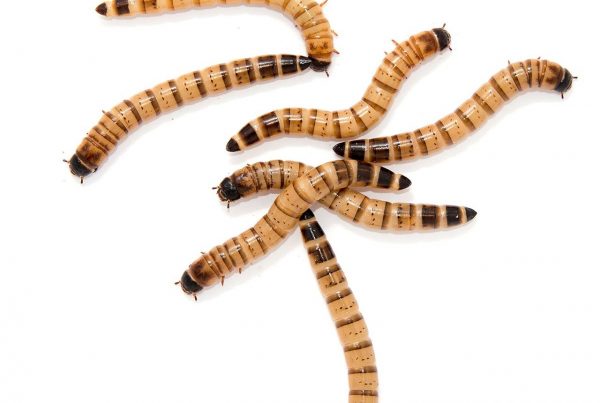A new start for wax worms in South Africa:
Wax worms as a feeder insect in South Africa: Wax worms are provided as feeder insects all around the world, especially in America, Europe and Australia and for the first time in SA we are providing an excellent soft bodied food source to feed your reptiles, birds, amphibians and as fishing bait.
Wax worms as a feeder insect:
Wax worms received their name because the larvae prefers to live in the wax of bee hives which makes them a common pest for bee keepers. However, pet owners get to make use of their high fat content for animals that need to pick up weight. This is especially necessary for animals that have recently laid eggs or given birth and need a fat booster. The high fat content makes them a desirable treat, which is why they are often regarded as the perfect feeder for fussy eaters.
A wax worm’s life cycle goes through 4 stages, namely: Eggs, larvae (wax worm), Pupae (Cocoon) and wax moth. In captivity, wax worms growth stages can be prolonged by being kept at lower temperatures which is often acquired by storing them in the door section of the fridge conversely, to encourage growth you would need to keep them at room temperature.
Wax worms are often mistaken to look like maggots but they are rather white caterpillars with black tipped feet and small black head.
An interesting fact about wax worms:
Every year, the world produces 300 tons of plastic and European scientists have found a unique solution to reduce plastic pollution around the world. Wax worms are capable of eating plastic at a rate of 0.13mg per day where most common plastics take on average 100 – 400 years to degrade in a land fill
To find out more, take a look at this interesting article.
See if our wax worms are available here: http://13.245.183.234/product/wax-worms/
A new start for wax worms as a feeder insect in South Africa





Recent Comments